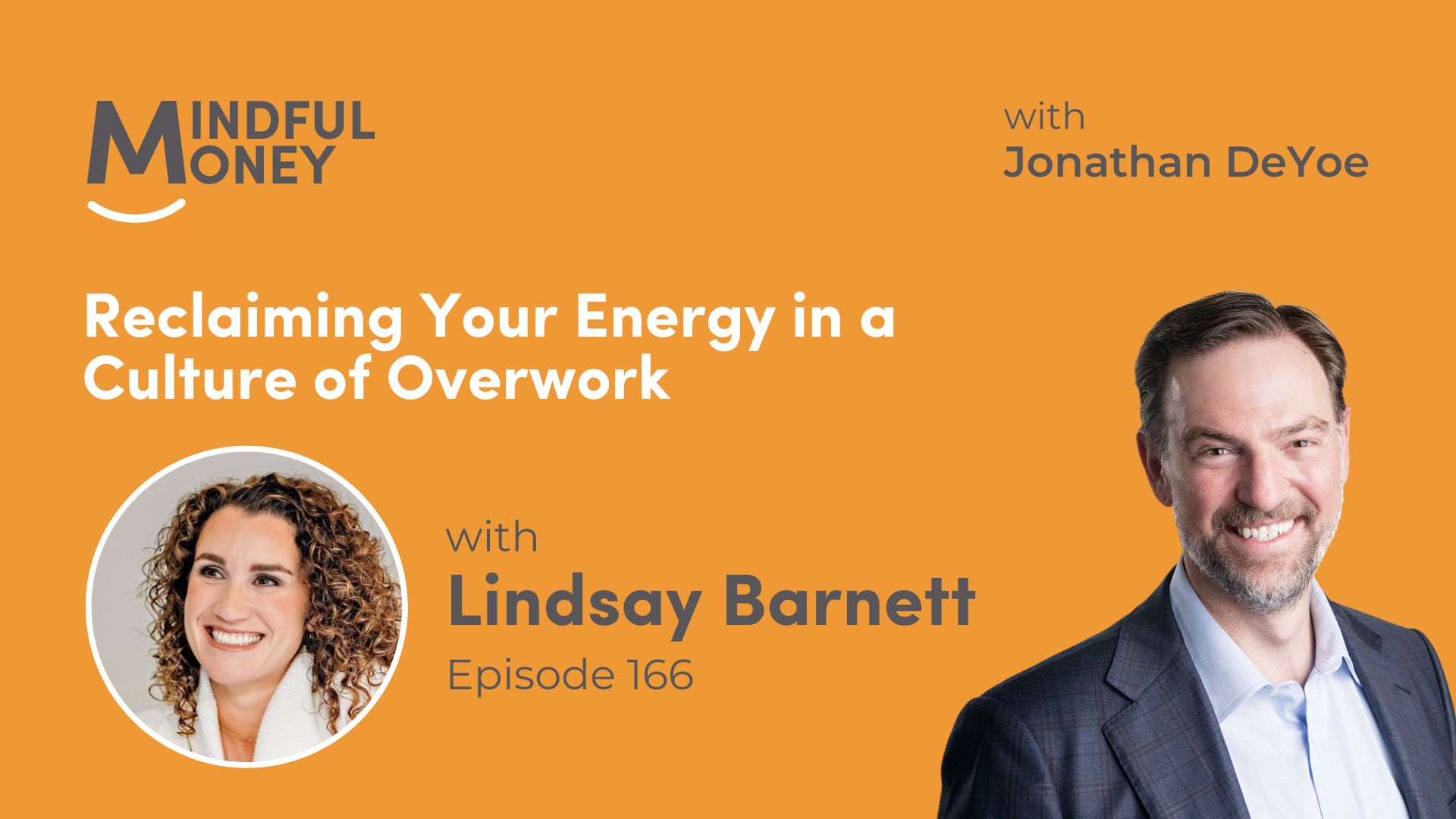As humans, our instincts propel us to pile into things when they are going great and run from them when they are not. This is the exact opposite of what should be done when you are investing for retirement income.
Yet, we see the same misguided behavior over and over again…
A small piece of your portfolio increases by 200% quickly. Excited, you want to sell off the under-performing part of your well-diversified portfolio to buy more of that expensive, high-performing asset in anticipation of the run continuing.
Or, the classic investing siren song: An investment you don’t own is the number one investment for a period of time. Upset that you don’t own it, you decide to sell part of that same portfolio to buy some of the now expensive, previously high-performing asset in hope of more of the same.
We forget that price and value are inversely correlated. When you buy a stock, you are paying for earnings – the higher price you pay for those earnings, the less value you receive.
Then the opposite happens.
The market declines by 35%. Even though you’ve experienced decline and recovery multiple times in your lifetime, you still want to sell the most heavily affected bits of your portfolio and hide out in cash “until it blows over.” This perfectly reflects March and April of 2020 – just as it reflects every 20%+ market decline in my career.
Now, because large U.S. growth stocks have outperformed since March, people want to sell their international holdings and their smaller companies and pile into large U.S. growth. Even more dangerously… they want to concentrate on a couple of outperforming U.S. stocks.
Beliefs and emotions drive behavior. The closer we are to retirement – to the moment when we will rely on our assets for our income – the more important this understanding becomes.
Behavioral Finance
Behavioral finance is the financial discipline that acknowledges the fact that humans are not rational. Traditionally, the humans in economics textbooks were presumed to be rational, unbiased, optimization-seeking decision-makers. In reality, we act on belief and emotion and we make irrational decisions without full information.
Behavioral finance recognizes this and teaches us about all the personal finance mistakes we are prone to make. Today we are going to talk about five common behavioral mistakes in investing for retirement income, so you can know what to avoid.
1. Overconfidence
Overconfident investors believe: 1) that it is possible to predict markets, and 2) that they know how it is done. In a survey of professional investors 74% responded that they were above average. The other 26%… just average. No one claims to be below average. Yet, most research shows that the probability of active managers actually doing better than their self-selected benchmarks DECREASES over time. The longer they remain active, the less likely they are to be even average – much less above average.
Several studies show that overconfident investors make more trades in an effort to align their positions with current markets. This can be very bad in retirement as the cost of these frequent trades adds up, creates taxable gains, eats into profit, and rarely brings additional return. When the overconfident retirement income investor doesn’t see the expected results, he tries harder and makes even more trades: a cat chasing its eluding tail.
2. Confirmation Bias
We think we are so smart, we imagine that we gather all the appropriate information we need before we make important decisions. But the reality is something totally different. Confirmation bias is our tendency to seek out information that supports our previously held ideas and beliefs and ignore information that contradicts it. We form our opinions first, then seek out validation.
This one is a bit frightening in retirement because it happens without our knowledge. The decisions we have made all of our lives train our brain to filter information for us. Our amygdala “helps” us by accepting information that supports things we believe and disregard information that rocks the boat.
To overcome confirmation bias, we have to seek out opinions and research that questions our previously held beliefs and honestly tests those beliefs against the new information. This is incredibly hard to do.
3. Mental Accounting Bias
Mental accounting occurs when you treat money differently depending on where it came from and how you will use it. You earmark tax refunds as fun money, but a regular reimbursement from your work trip may go toward the bills.
When you are retired and relying on your investments for income, this means you’re more likely to risk gains than principal. You view gains as extra money the market’s made for you. But the principal is your hard-earned dollars.
Mental accounting is challenging because it turns your attention away from your overall wealth. Instead of focusing on your net worth, you focus on how your 401(k) is performing. Your portfolio SHOULD BE made up of things that perform differently – this is what “diversification” is all about.
Mental accounting can cause you to concentrate your investments into safer places… which can reduce your returns and inhibit your ability to keep up with inflation in retirement.
4. Anchoring Bias
Anchoring bias happens when you allow dated, (possibly) irrelevant information to inform a decision.
Let us say you’ve been researching a stock that’s selling for $50 a share. You have decided that it’s a good buy at $45. Suddenly, the price jumps up to $80. You missed your shot. Some days later, you check, and the stock is back down to $50. You now think you can get it at a good price, so you snatch up a share for $50.
This is an example of anchoring. The price is back at $50, the same as it was a few days ago and still above your target price, but now your mind is anchored on the $80 price tag, so you think you have bought at a bargain price.
Any price is just the price. Anchoring changes your perception of the price, but it doesn’t change the value. Be careful, anchoring can sometimes play a big part in purchase decisions.
5. Loss Aversion Bias
Nobel prize winning psychologist and economist Daniel Kahneman found that people feel the pain of a loss twice as much as they feel the pleasure of a similar gain. When you experience a win, your happiness increases for a little while. When you experience a loss, the pain sticks around a little longer.
Investors with a loss aversion bias tend to monitor portfolios constantly for losses and gains. As soon as something goes south, they feel a twinge in their stomach telling them to run to safety.
If you’re investing money to produce an income stream over a 30-year retirement, as long as you have an appropriately asset-allocated, broadly diversified and regularly rebalanced portfolio, it shouldn’t matter how it’s performing right this minute.
How to Combat Behavioral Mistakes
The real challenge when investing is sticking with it when it isn’t working. Emotional cycles are much shorter than market cycles. Realize there are inherent risks in any kind of investing. No matter what process you follow, it will work well in some instances and will work less well in others. This is why bias is a problem — it moves you to make changes when you shouldn’t.
While it is human nature to run toward things that are overperforming and run away from things that are underperforming, this strategy may prevent you from accomplishing your long-term plan — and you should have one. Be aware of your own behavioral biases in investing, so you can stand firm when human nature kicks in.
When investing, it is often the actions you don’t take that pay the biggest dividends.





